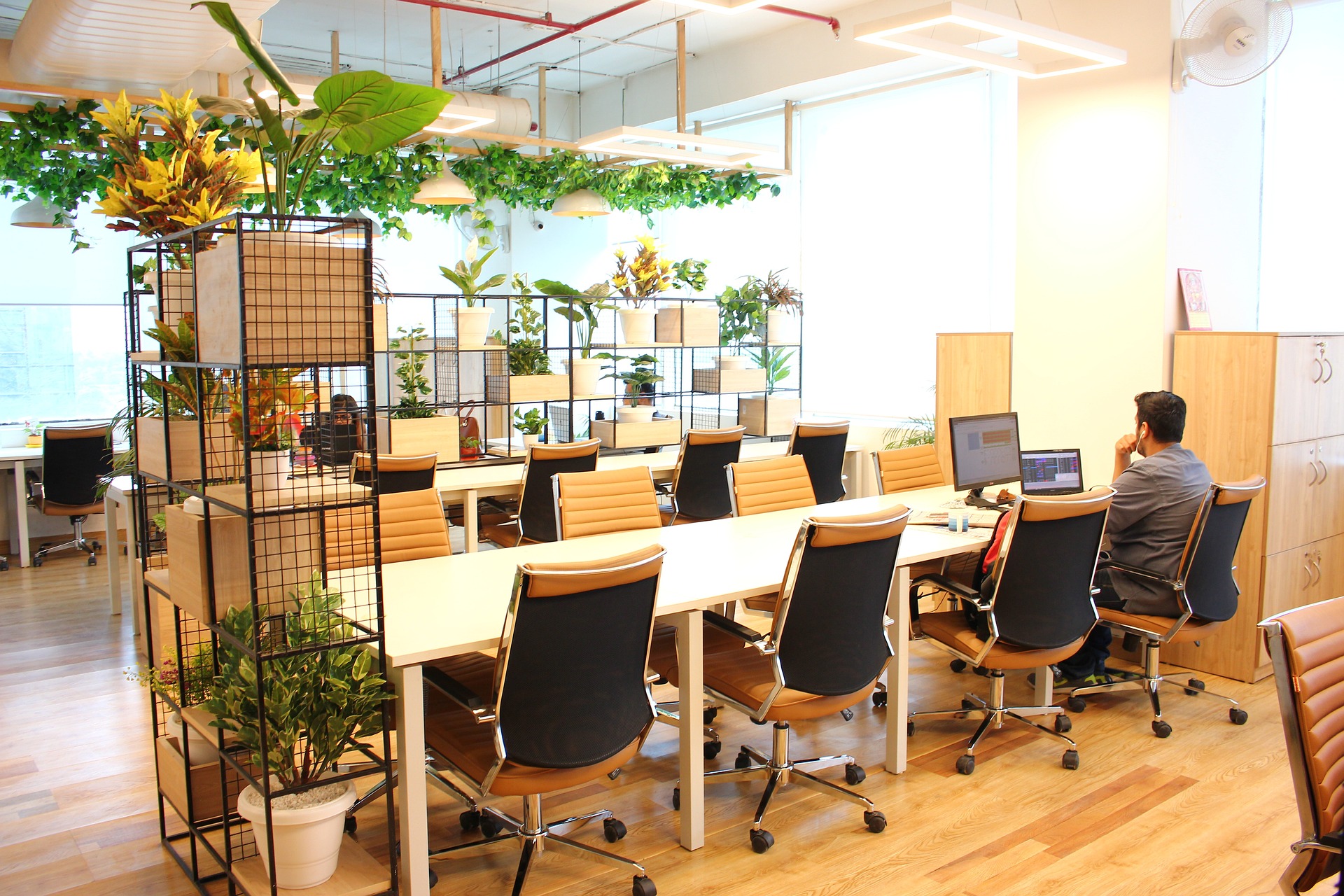A recent Gartner study identified the most compelling workforce trends in 2023, and number two on the list is the rise of hybrid employment structures. A hybrid work model offers employees increased flexibility and the option to work from home – but it also must be weighed against productivity and data security measures. Hybrid work environments expand the workplace to exceed the walls of the corporate office, creating a new ecosystem of employees working from remote locations and the traditional office.
There are four typical models in the hybrid work environment. These include the following:
- Flexible Hybrid: In this model, employees choose not only their physical work location but also their work hours based on their work priorities and tasks. They may feel more productive at home for the day or opt to go to the office to get feedback from team members. The employee decides how to best achieve their goals for the day. This model provides flexibility, establishes and strengthens a trust-based relationship, and enhances the potential pool of available talent. Loyalty and employee morale typically rise significantly under this model, and businesses benefit from reduced overhead and boosted productivity. Still, some challenges exist, such as employees having trouble aligning with team members for the best day to get together.
- Fixed Hybrid: Under this structure, the company determines the days or hours employees can work remotely or are expected to be in the office. Typically, they may schedule certain teams or divisions to report for work on specific days of the week and stay home on the others. In this way, everyone is exposed to the collaboration needed to work productively, but the business can limit overhead expenses by moderating who uses office space and at what times. Benefits to the employees include the ability to structure work/life around the days they will be expected to commute and the days they can schedule personal appointments or run errands over lunch. While a positive model that is proving successful, some employees still resent the mandate of being in the office on certain days.
- Office-First Hybrid: In this model, employees are primarily expected to report to the traditional office, but they are given the flexibility to choose limited times to work remotely. For instance, the company may approve a 4-day in-office work week or allow employees to select ten days per month to stay home. This model provides flexibility and allows for individual choice while supporting the office’s business culture and established community. This biggest downside for companies is that if not properly managed, they can have too many people arriving on the same day in a scaled-down office space.
- Remote-First Hybrid: Under this hybrid arrangement, employees will primarily work remotely, occasionally utilizing coworking spaces or the traditional office when collaboration, training, or team-building is needed. The organization may not even have a brick-and-mortar office space – they instead trust that employees will get together when required. While the model usually enhances productivity and job satisfaction, there is a significant potential for employee isolation. Maintaining your well-cultivated company culture and ethos is also much more challenging.
How to Manage the Hybrid Work Models
No matter the model your organization chooses for flexible or hybrid employment, there is one constant. There must be an effective way to deliver required information quickly and accurately, no matter where the desk or employee is located.
In a traditional office environment, tracking down a required document or finding the answer to a question can be challenging enough, not to mention disruptive to routine workflows. But when everyone is working in different locations and following different schedules, tracking down information can quickly turn into a significant effort and waste a lot of time.
Because of this, proactive companies are creating centralized information and knowledge portals accessible to employees from wherever they are working. These platforms aggregate policies, procedures, training videos, and documentation that employees need while also creating a compelling space for feedback and real-time discussion.
Another leadership challenge is ensuring their teams have access to access to answers when needed. Working remotely, employees simply cannot walk down the hall to ask their questions, and there is no guarantee their manager is even available to take a call if preferred. With KLONE, organizations can proactively ensure their employees have access to an intelligent question-and-answer system as the first. Regardless of location and time of day, employees access KLONE for answers to policy questions or procedures or to simply ensure they follow business rules.
Call KLONE today if you are seeking a way to disseminate knowledge intelligently and efficiently throughout your distributed hybrid work environment.

